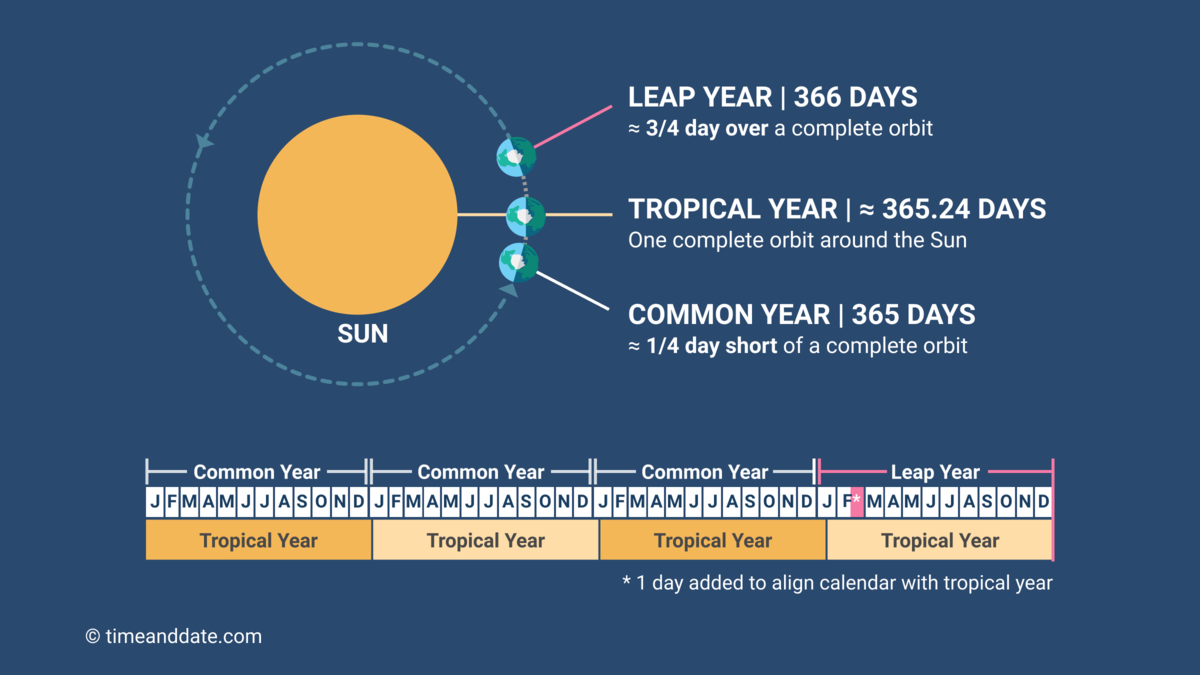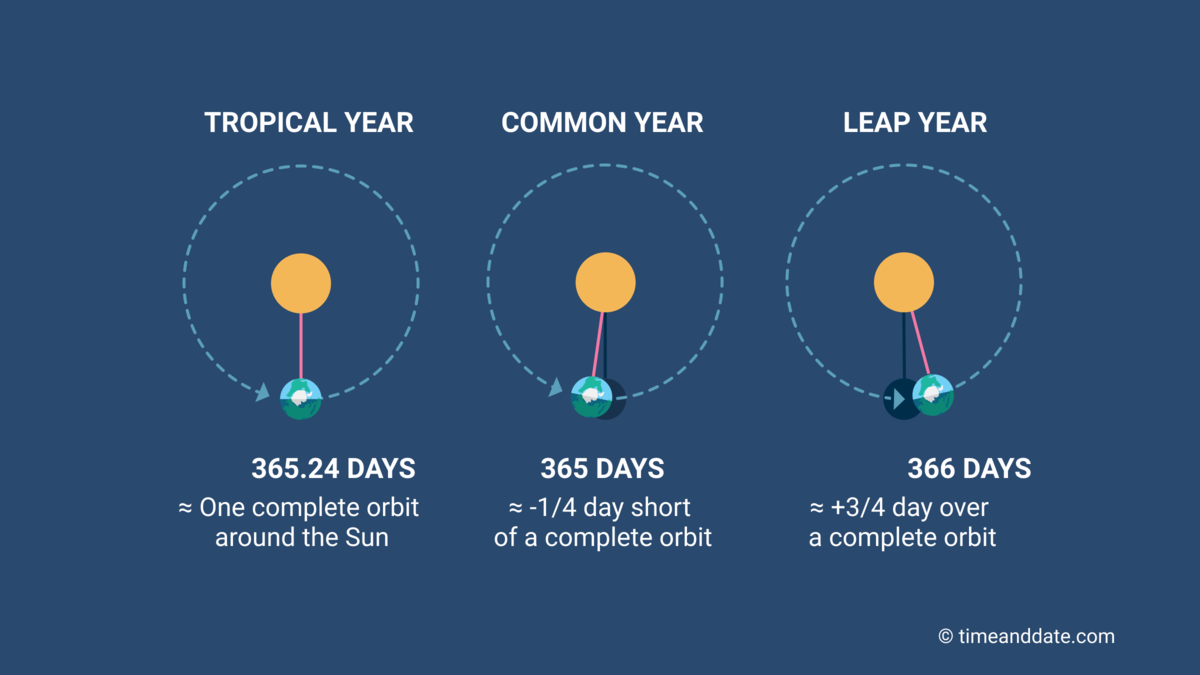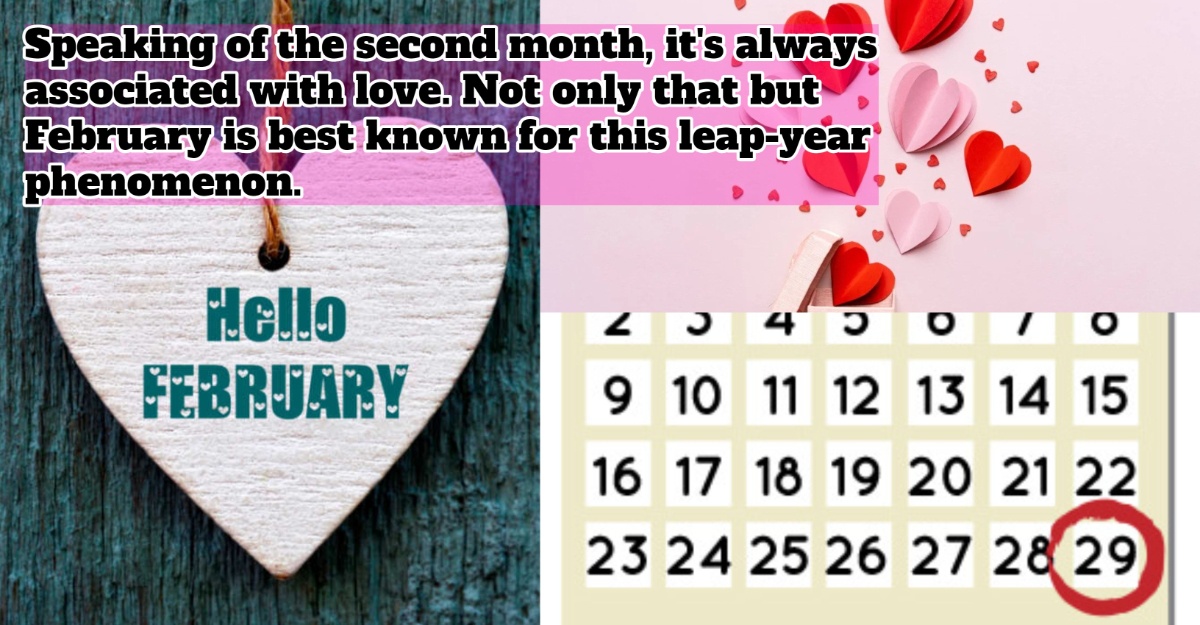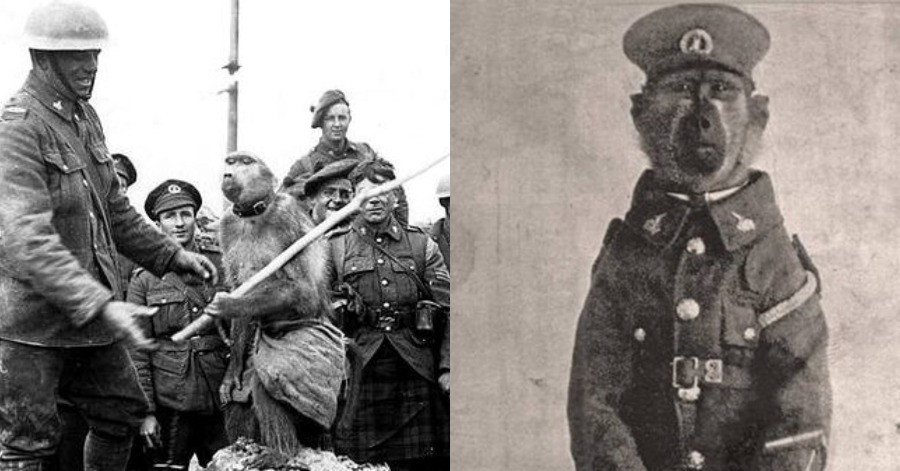We have entered the second month of 2023! If time is a character in a film, we think it might be Sonic. It’s almost unnoticeable that February has come knocking on the door.
Speaking of the second month, it’s always associated with love. Not only that but February is best known for this leap-year phenomenon.
However, do you know how these events relate to February? How did it begin?
February: a month of love
Everyone knows February is a month to be in love and in the mood for love. The famous Valentine’s Day, also called St. Valentine’s Day, is a holiday every February 14. It’s a day when people express their love through wishes, gifts and surprises.
What’s the history behind this sweet holiday?
Historically, Valentine’s Day began in the Roman festival of Lupercalia. The present Valentine’s Day shares similarities with Lupercalia.
The celebration happened in mid-February. It celebrated the upcoming spring that included fertility rites and the matchmaking of men and women by lottery.

But something happened. Pope Gelasius I forbade Lupercalia due to unknown reasons. It was then replaced with St. Valentine’s Day.
Interestingly, Valentine’s Day wasn’t originally about romance! The holiday shifted to this sweet affection in the 14th century.
Additionally, there were stories that this holiday came from several Christian martyrs named Valentine. The celebration might get its name from a priest martyred around 270 CE by Claudius 11 Gothicus, an emperor. The priest signed a letter “from your Valentine” to his jailer’s daughter, that befriended and healed from blindness.

There are other tales behind the name of Valentine’s Day. You can read them here.
Another February speciality: Leap Year
What is a leap year? It is a year when February gets an extra day!
The second month of the year has only 28 days. This is common. But when leap year happens, February gets 29 days. Therefore, a leap year has 366 days instead of 365.
Leap year doesn’t happen every year. It only occurs once every four years.
How to know if it’s a leap year? It’s easy. Leap years are divisible by four! Thus, 2023 isn’t a leap year. But 2024 is! If you don’t believe us, look at next year’s calendar.
Why do leap years happen?
A leap year was introduced by Julius Caeser. Scientifically, it keeps the calendar aligned with Earth’s revolutions around the Sun. The Earth takes about 365.242189 days (365 days, 5 hours, 48 minutes, 45 seconds) to orbit the Sun. It’s known as a tropical year and begins on the March equinox.

Since the Gregorian calendar only has 365 days, one day added to February will make Earth revolve around the Sun six hours earlier! This will cause a shift in time. Time will move slower from the tropical year and gets out of sync with the seasons.
Hence, leap days fix the error. It gives more time for the Earth to complete its circle around the Sun.

Other interesting celebrations this month
- February 3: National Carrot Cake Day

Carrot cake lovers! This day is for you to rejoice in your love for this sweet dessert!
- February 5: World Nutella Day

Enjoy this chocolatey day with your favourite hazelnut spread!
- February 6: Pay a Compliment Day
What a day to let someone know how cool they are!
- February 13: National Clean Out Your Computer Day

Your laptop’s a bit dusty? Time to do spring cleaning on it, and this day will be perfect!
- February 20: National Love Your Pet Day

Show more love to your beloved pets on this day <3
There are many festivities in this month full of love and history. Aside from giving chocolates on February 14 or wishing someone happy birthday on February 29, there are many small but meaningful celebrations too.
No wonder February is a special month! Today we learned!
Sources: timeanddate, Almanac, The Spruce, Britannica








